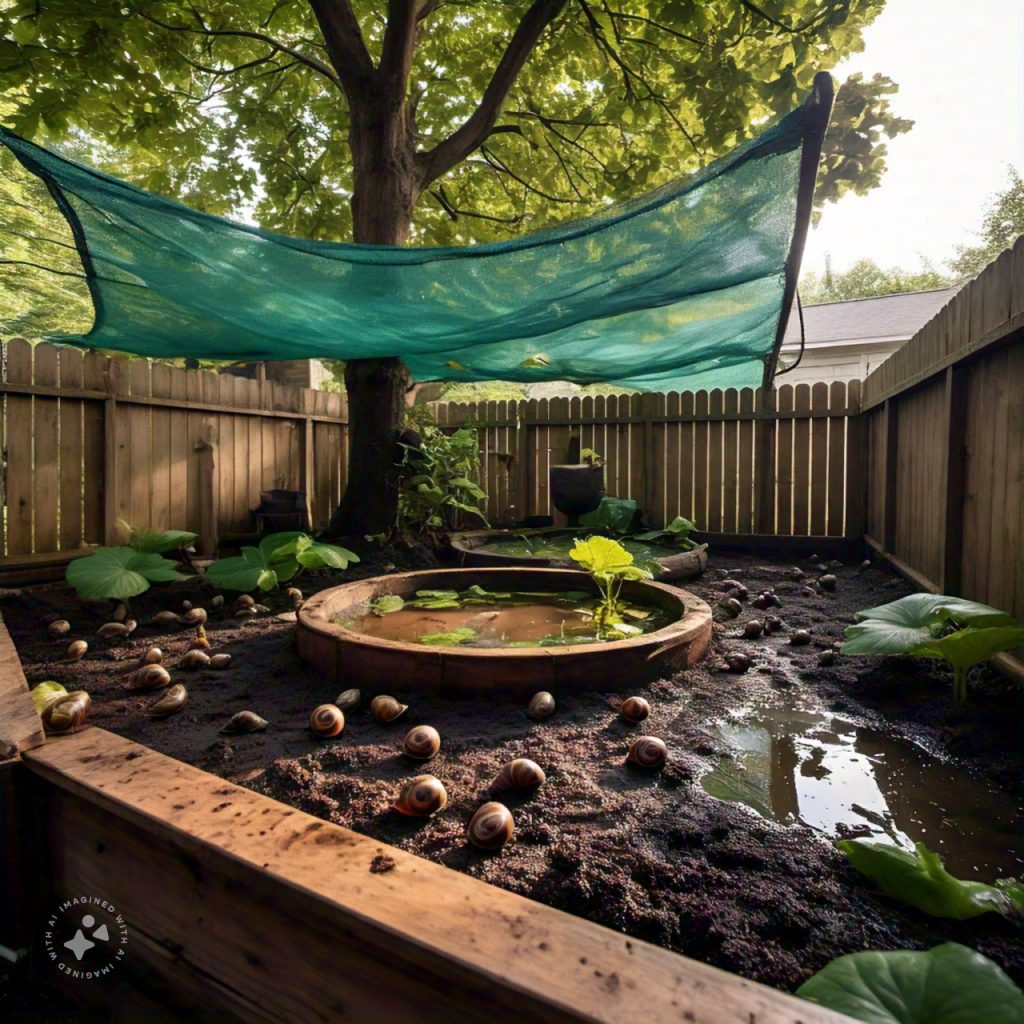Snail farming, also known as heliciculture, is a lucrative and sustainable agricultural venture that is gaining traction globally. It requires minimal investment, is environmentally friendly, and offers high returns if managed effectively. This comprehensive guide will take you through the steps to start and grow a small-scale snail farming business with minimal investment.
1. Understanding Snail Farming
Snail farming involves raising land snails for commercial purposes, typically for consumption or cosmetic use. Snails are rich in protein, low in fat, and a good source of essential minerals, making them highly sought after in the culinary and health industries.
Advantages of Snail Farming:
- Low startup costs.
- Minimal space requirements.
- High reproduction rate.
- Environmentally friendly farming practice.
- Growing market demand for snail meat and slime.
2. Choosing the Right Snail Species
Selecting the right species is critical for success. Commonly farmed snail species include:
- Achatina achatina (Giant African Land Snail): Known for its large size and rapid growth rate.
- Achatina fulica: Hardy and adaptable but slightly smaller.
- Archachatina marginata: Highly valued for its meat quality.
Choose a species that thrives in your local climate and aligns with market demand in your area.
3. Setting Up Your Snail Farm
You can start small and scale up as you gain experience and resources.
a. Location:
- Choose a location with good drainage and partial shade to protect snails from direct sunlight.
- Avoid areas prone to flooding or extreme weather conditions.
b. Housing: Snails need a secure, predator-free environment with adequate ventilation and moisture. Popular options include:
- Trench pens: Dug into the ground and covered with netting.
- Hutch boxes: Wooden boxes with mesh covers for small-scale farming.
- Free-range enclosures: Large, netted areas that mimic natural habitats.
c. Soil Preparation: Snails thrive in loamy soil rich in calcium, which is essential for shell development. Ensure the soil is free from pesticides and other harmful chemicals.
4. Procuring and Breeding Snails
a. Sources of Snails:
- Gather snails from the wild (ensure compliance with local regulations).
- Purchase from reputable breeders or snail farmers.
b. Breeding: Snails are hermaphrodites, meaning each snail can produce eggs. Provide optimal conditions:
- Maintain a temperature between 20°C and 30°C.
- Keep humidity levels at 70–90%.
- Feed snails a balanced diet (e.g., vegetables, fruits, and calcium supplements).
5. Feeding and Care
Proper feeding and care are essential for healthy snails and high yields.
a. Diet:
- Provide a variety of fresh vegetables (e.g., lettuce, cucumber) and fruits (e.g., pawpaw, banana).
- Supplement their diet with calcium sources like crushed eggshells or limestone.
b. Maintenance:
- Regularly clean the housing to prevent diseases.
- Ensure constant access to clean water.
- Monitor for pests and predators like ants, rats, and birds.
6. Harvesting and Selling
Snails are ready for harvest when they reach maturity, typically between 6–12 months.
a. Harvesting:
- Handle snails gently to avoid damaging their shells.
- Harvest during the wet season when snails are active.
b. Marketing: Explore diverse market opportunities:
- Sell fresh snails to local restaurants or markets.
- Process and package snail meat for export.
- Extract snail slime for the cosmetic industry.
7. Scaling Your Business
As your snail farming business grows, consider these strategies to scale up:
- Diversify products: Offer processed snail meat, dried snails, or snail slime.
- Expand your farm: Increase enclosure size or invest in modern housing systems.
- Leverage technology: Use apps or software to monitor farm conditions and optimize operations.
8. Challenges in Snail Farming
While snail farming is profitable, it comes with challenges:
- Climatic conditions: Extreme weather can affect snail growth.
- Pests and predators: Protect your farm with proper enclosures.
- Market access: Build relationships with buyers and explore export opportunities.
9. Tips for Minimal Investment
- Start with a small number of snails and scale up gradually.
- Use locally available materials for housing and feeding.
- Leverage free resources like agricultural extension services and online guides.
10. Final Thoughts
Starting a small-scale snail farming business with minimal investment is achievable with proper planning and commitment. Focus on providing optimal conditions for your snails, understanding market demands, and continuously improving your farming practices. With patience and persistence, you can turn snail farming into a profitable and sustainable venture.
Ready to start your snail farming journey? Begin small, dream big, and grow your business sustainably! Share this guide with aspiring farmers and help spread the knowledge.

